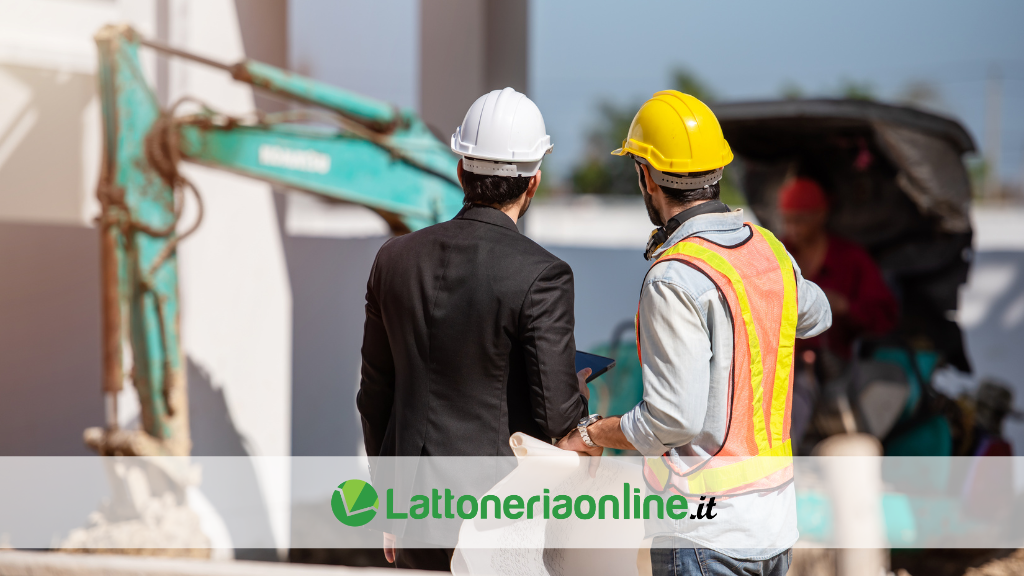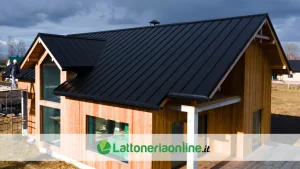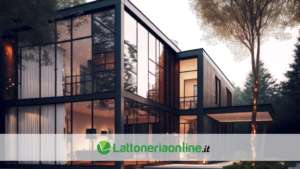
Construction and energy transition, the European Union dictates the future
On January 24th the Energy Commission of the European Parliament will approve the reform of the Energy Performance of Building Directive (EPBD) which regulates the real estate market in relation to the energy performance of buildings. After which the reform should arrive in the Strasbourg hemicycle to receive the final green light.
The main objective is to strengthen building renovation policies, but at the same time obtain, with strengthened financial support for investment policies for energy efficiency, a turning point capable of combining growth and sustainability.
“These rules – we read in the text amending the directive – require that buildings with a class G energy performance certificate be subject to renovation and improvement at least until they reach energy performance class F by 2027 and at least performance class energy efficiency E by 2030, as well as that residential buildings with the worst energy performances reach at least class F by 2030 and at least class E by 2033”.
What is the Energy Performance of Building Directive (EPBD)?
The Energy Performance of Building Directive (EPBD) is a European Union directive that aims to improve the energy efficiency of buildings. The directive establishes minimum requirements for the energy efficiency of existing and new buildings, as well as for the construction of low energy consumption buildings. Furthermore, it establishes requirements for the installation of efficient heating, lighting and ventilation systems, as well as for the use of renewable energy sources.
The first version of the directive was adopted in 2002 and subsequently revised in 2010. The current version of the directive, the EPBD recast, entered into force in 2018.
The increasingly solid combination between building and energy sustainability is inevitable, therefore. The construction of sustainable and low-energy buildings represents an important step towards a more ecological and sustainable future.
This can be achieved through the use of materials and technologies with low environmental impact, the optimization of the energy efficiency of buildings and the generation of renewable energy< /strong>. For example, thermal insulation, natural ventilation, the use of renewable energy sources such as solar panels and the integration of gardens and green roofs. Furthermore, bioclimatic design is also important, i.e. adapting buildings to local climatic conditions to optimize the use of energy.
Construction and energy transition
The energy transition is a process that aims to reduce dependence on non-renewable energy sources and increase the use of renewable energy sources. Construction plays an important role in this process as buildings represent a significant source of energy consumption. The construction of low-energy buildings and the retrofitting of existing buildings are key to reducing energy consumption and increasing the share of renewable energy.
Sustainable construction and energy transition are closely linked, as sustainable construction aims to reduce the environmental impact of buildings through the use of materials and technologies with low environmental impact, the optimization energy efficiency of buildings and the generation of renewable energy.
Furthermore, passive building and green building are sustainable construction methods that aim to minimize the use of energy for heating and cooling buildings, using techniques such as thermal insulation, natural ventilation and the use of renewable energy sources.
In this new vision of construction it is clear that bent sheet metal will also play a fundamental role.
Use of sheet metal in sustainable construction
The use of sheet metal in sustainable construction can have several advantages, depending on the type of sheet metal used and its use.
- Steel sheets:
- They are highly resistant and long-lasting, which makes them suitable for the construction of load-bearing structures;
- They can be easily recycled and reused, making them an eco-friendly choice for building construction;
- They can be used for the construction of green roofs, as they are resistant to corrosion and bad weather.
- Aluminium sheets:
- They are highly resistant to corrosion and weathering, making them suitable for the construction of outdoor structures;
- They are light and easy to work with, making them a convenient choice for facade and cladding construction;
- They can be used for the creation of design and decoration elements.
Copper sheets:
- They are naturally resistant to corrosion and weathering, which makes them suitable for the construction of outdoor structures;
- They are environmentally friendly and recyclable;
- They can be used for the creation of decorative elements and for the construction of green roofs.
In general, the use of sheet metal in sustainable construction depends on the specific needs of the project and the objective of environmental sustainability.
It is important to choose materials with low environmental impact and recyclable, and try to use local sources of materials to reduce the impact of transport. Furthermore, it is important to verify the compliance of the materials used with environmental sustainability standards.



